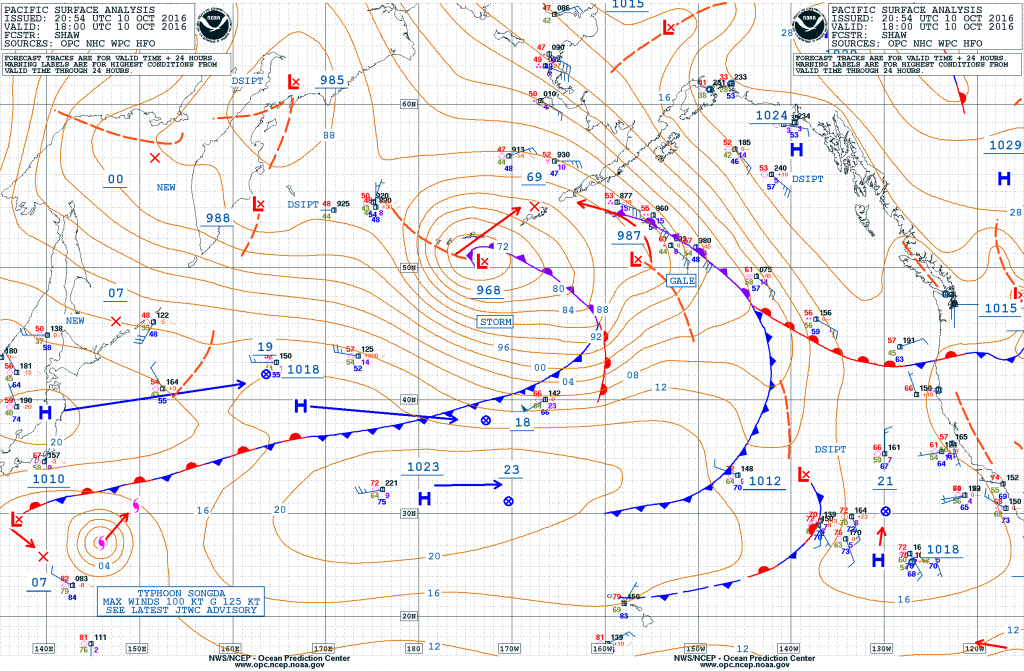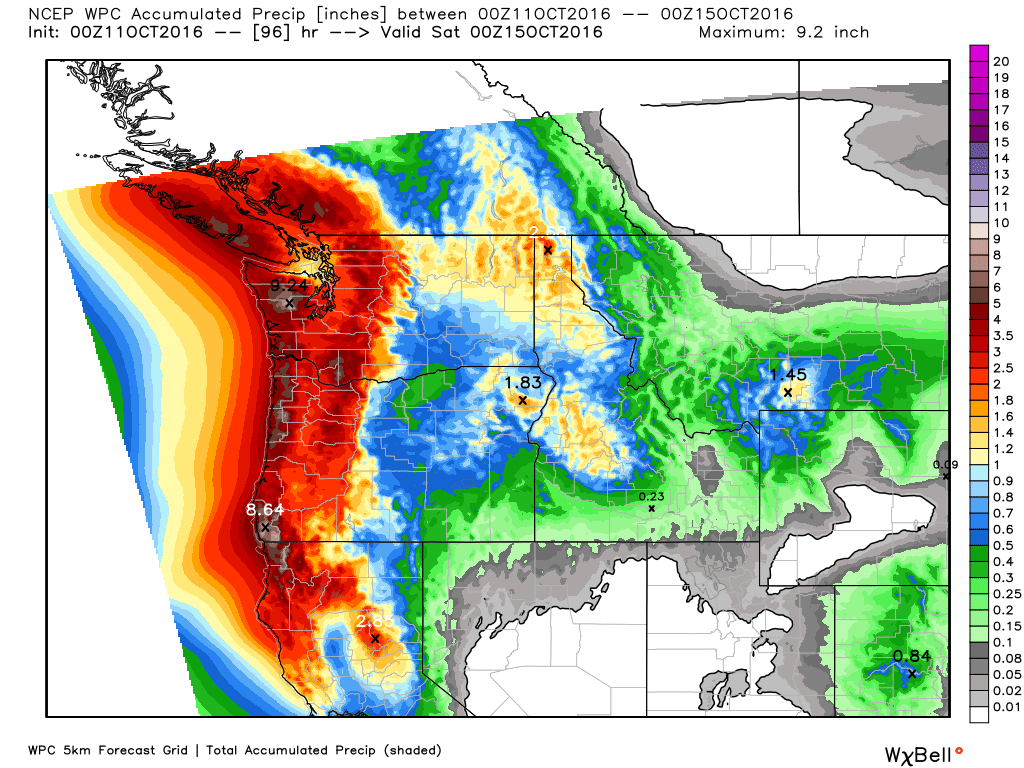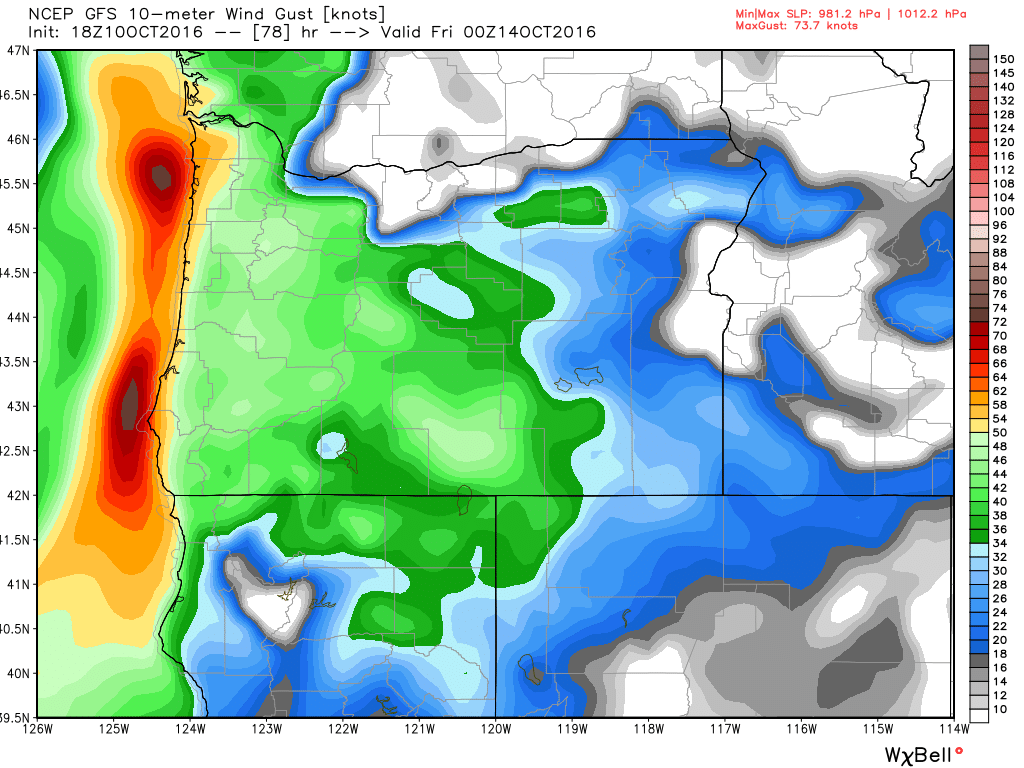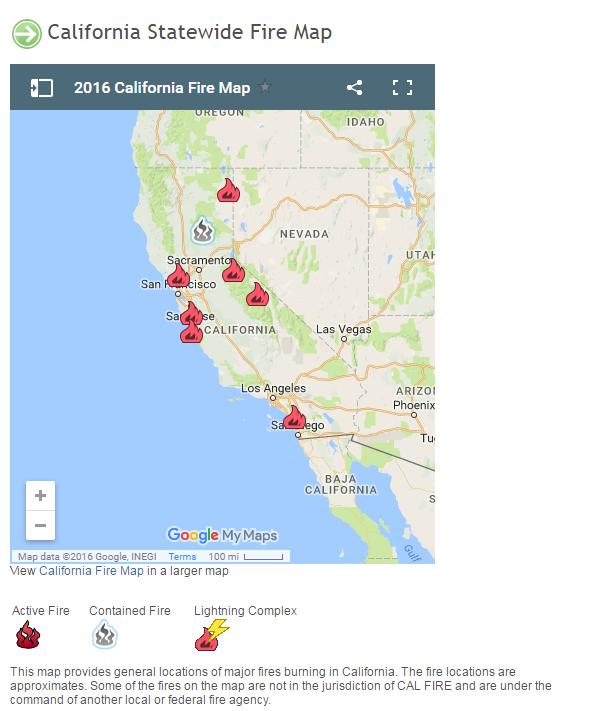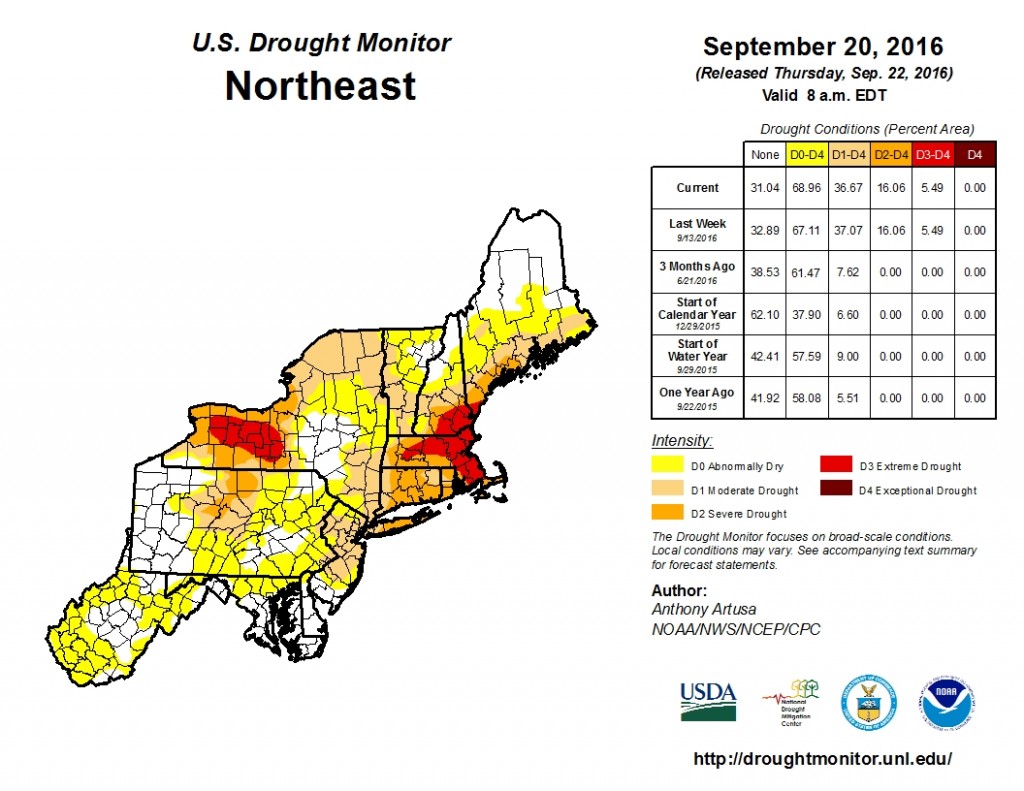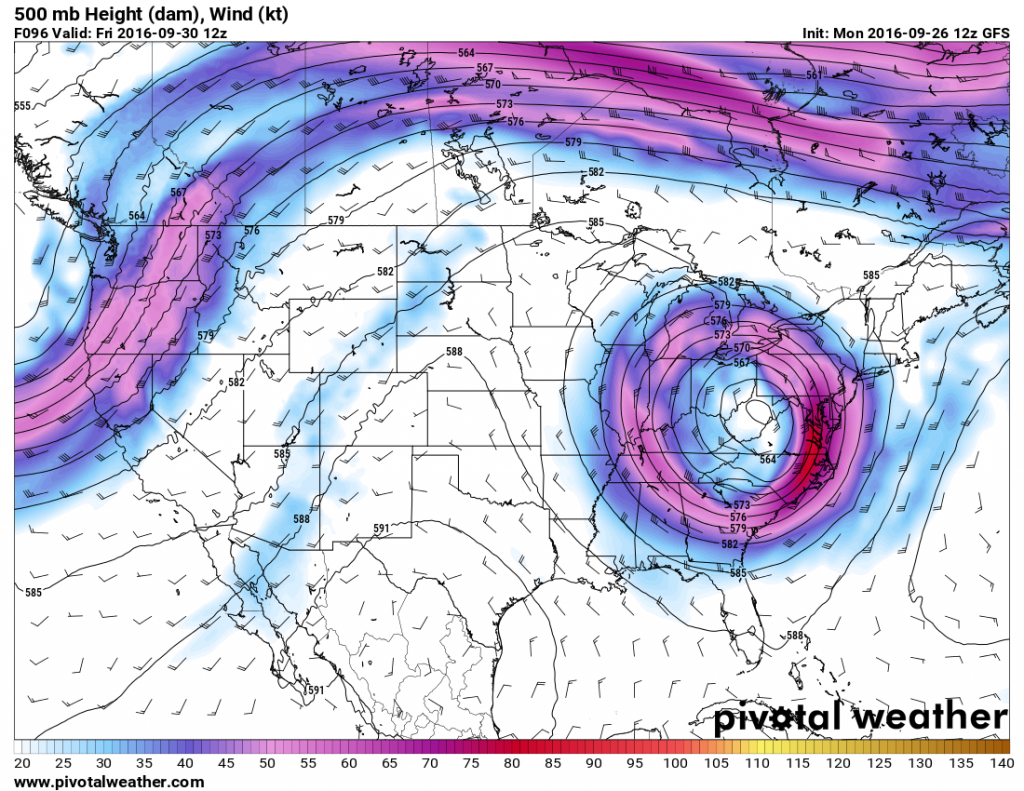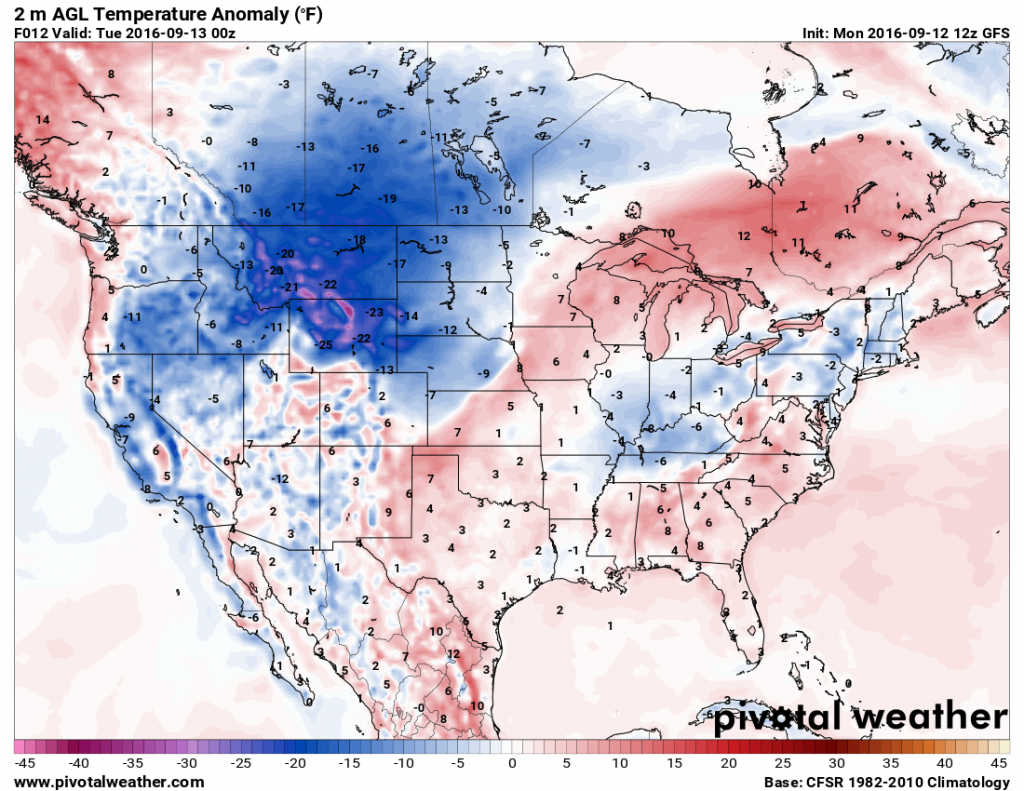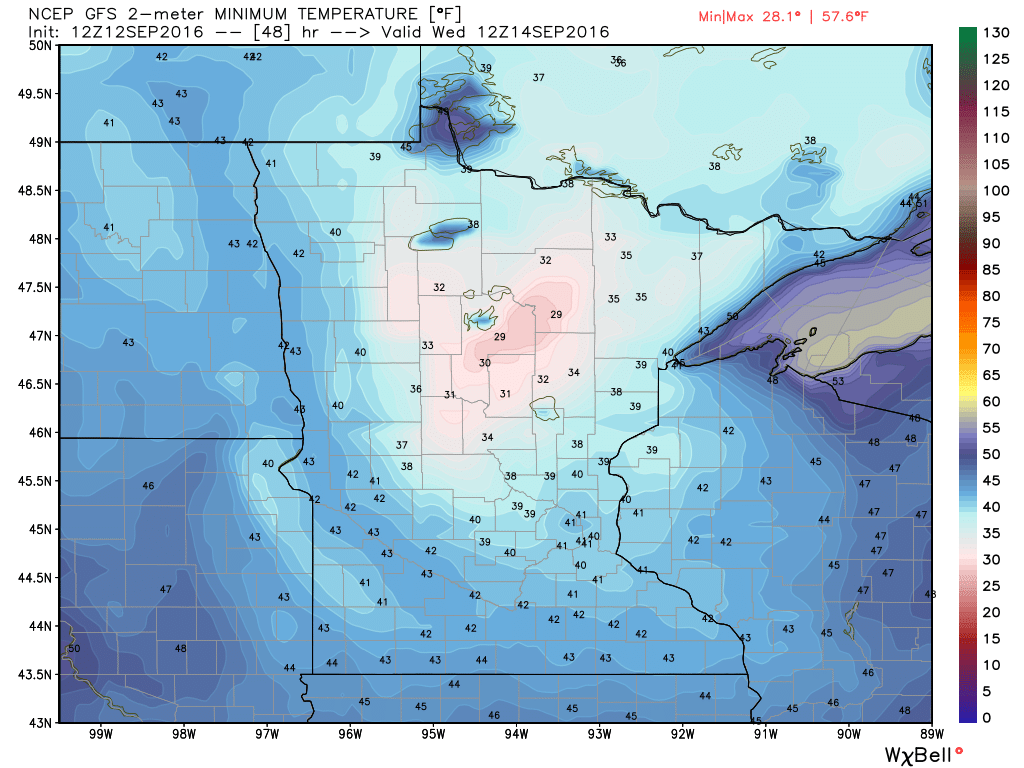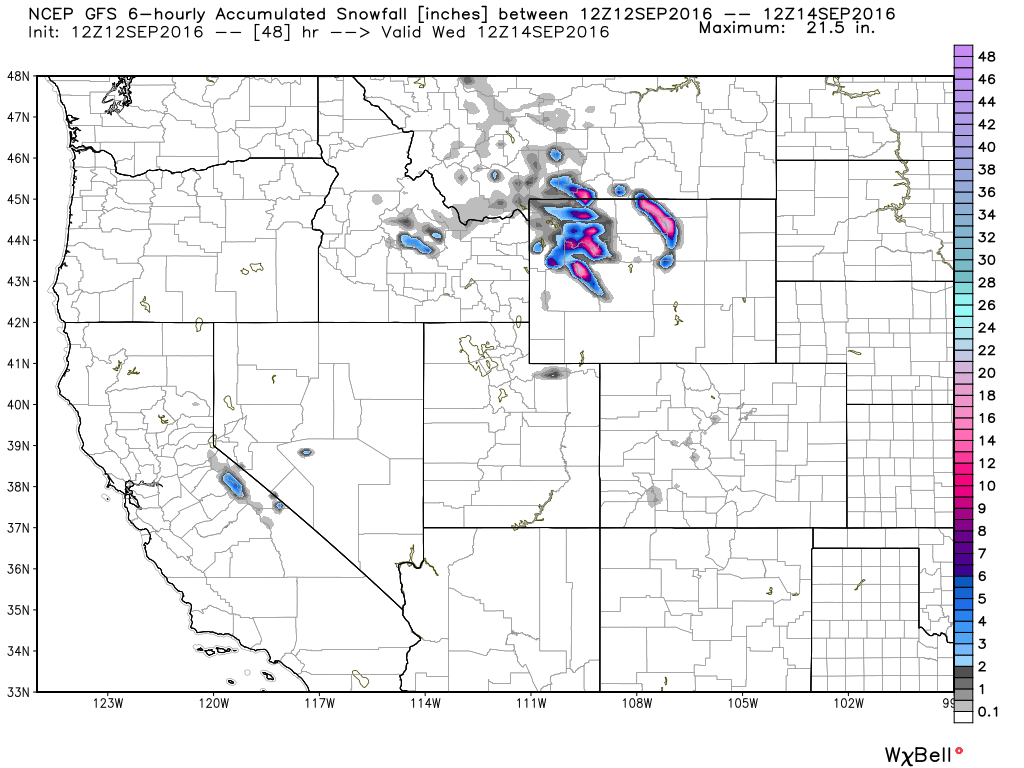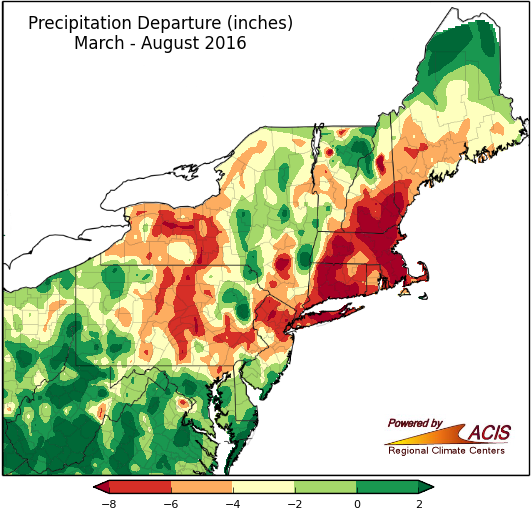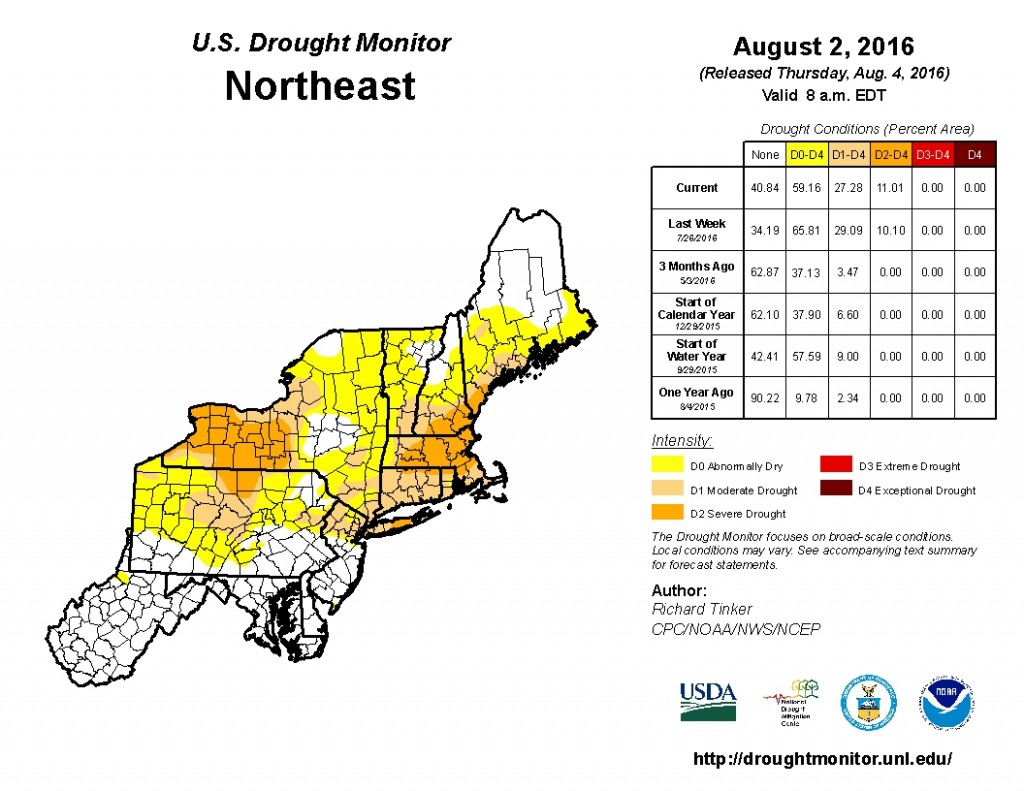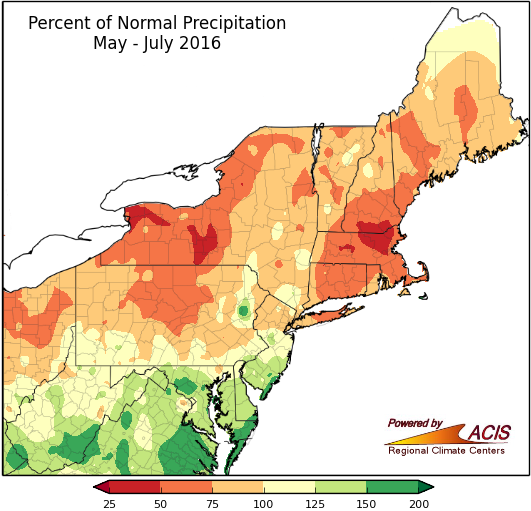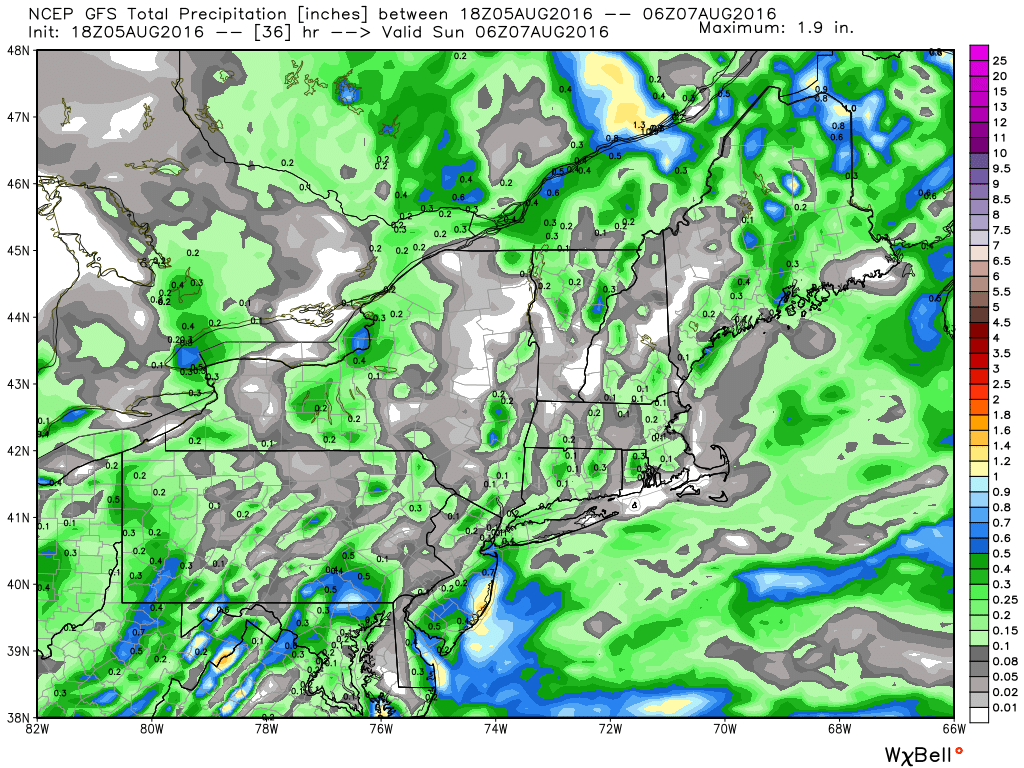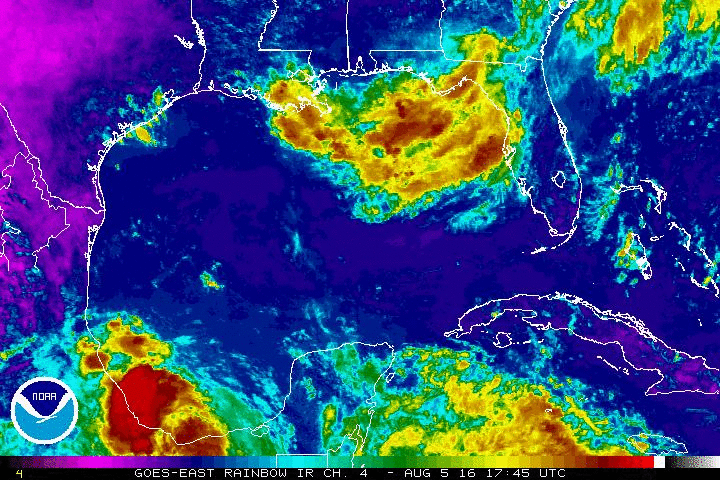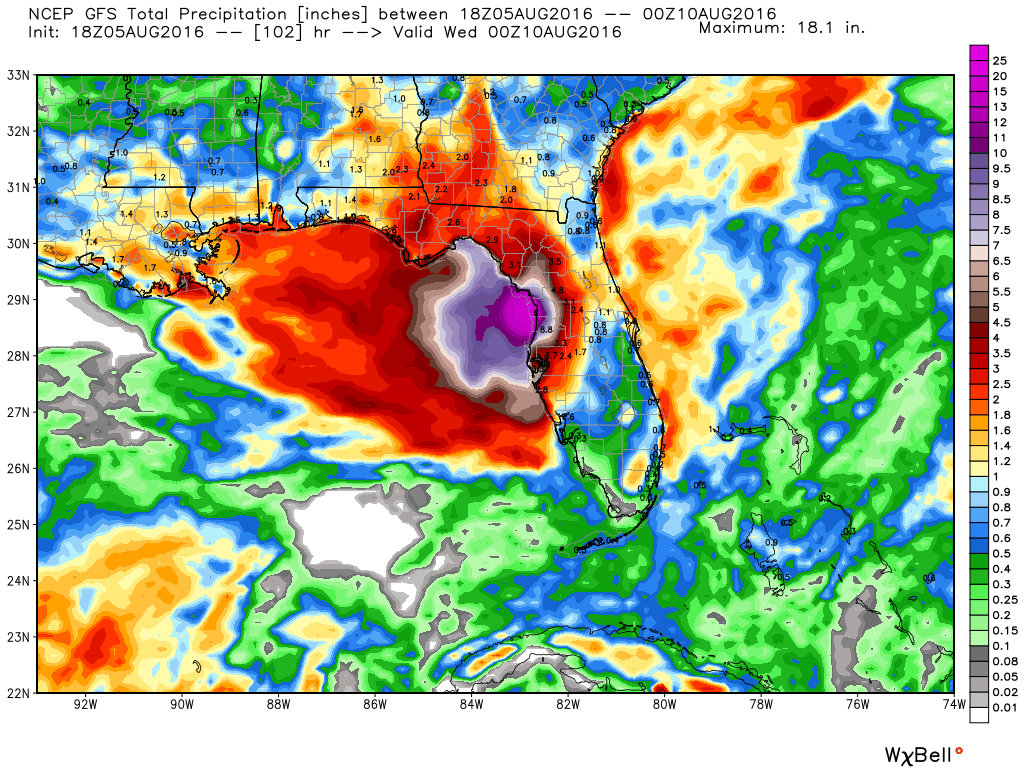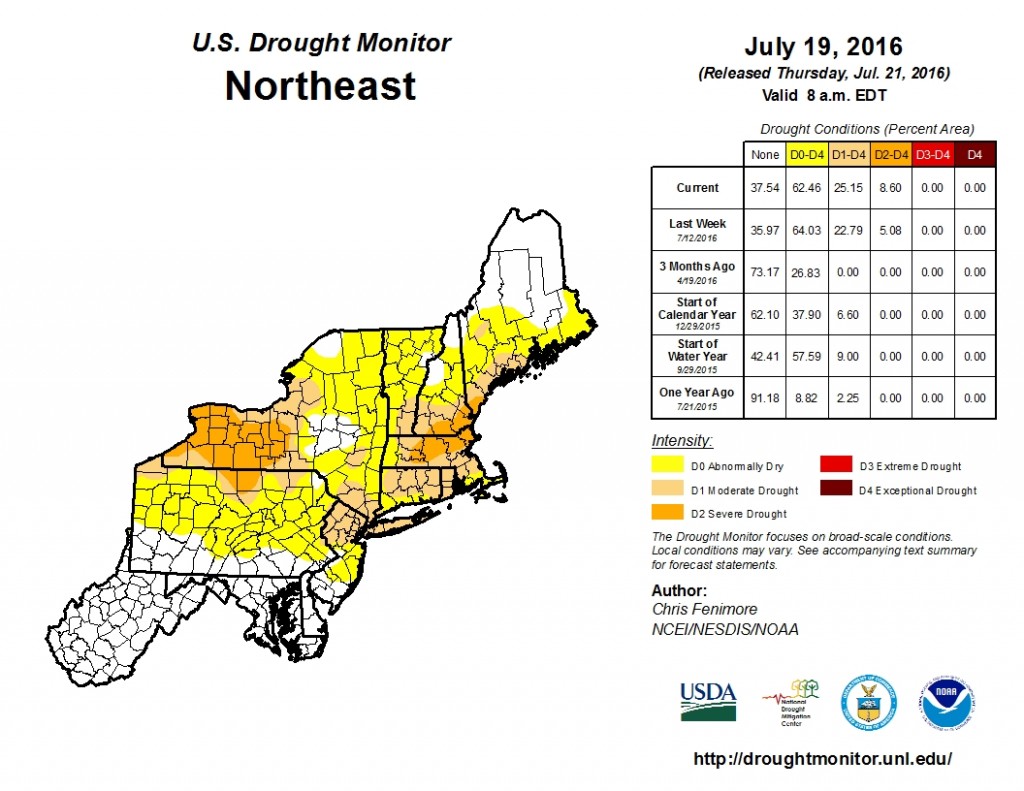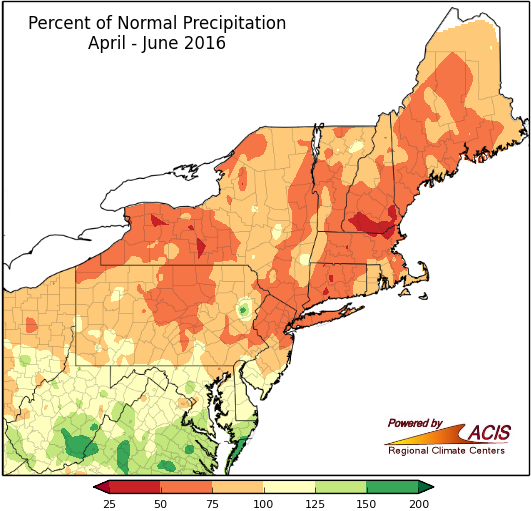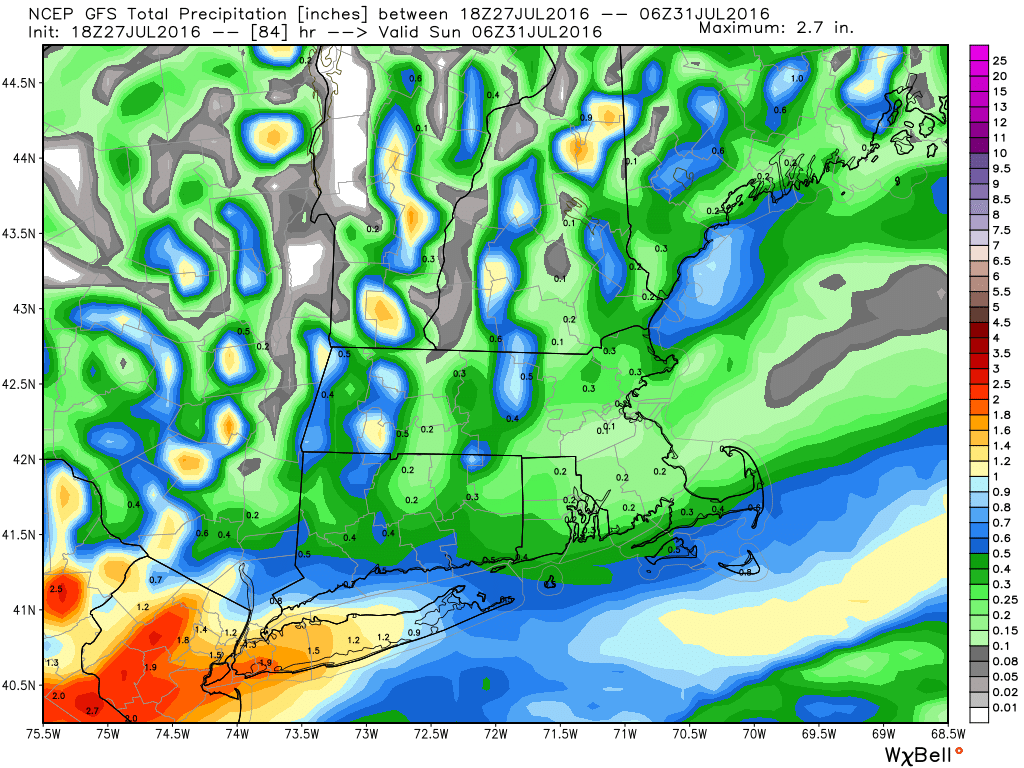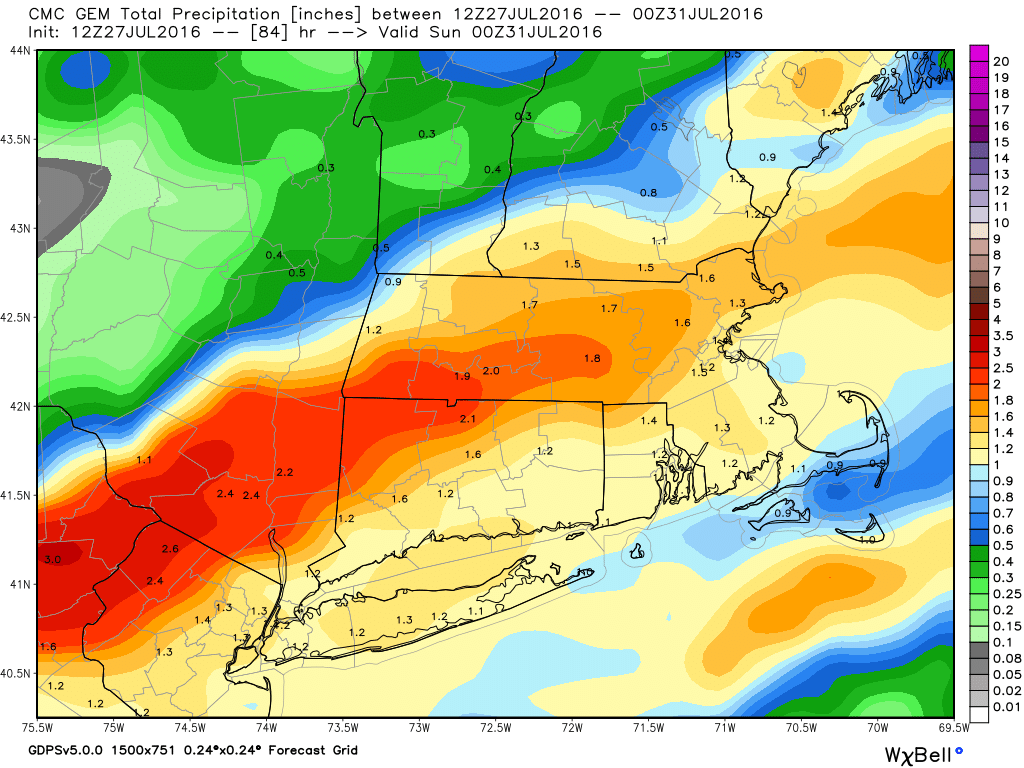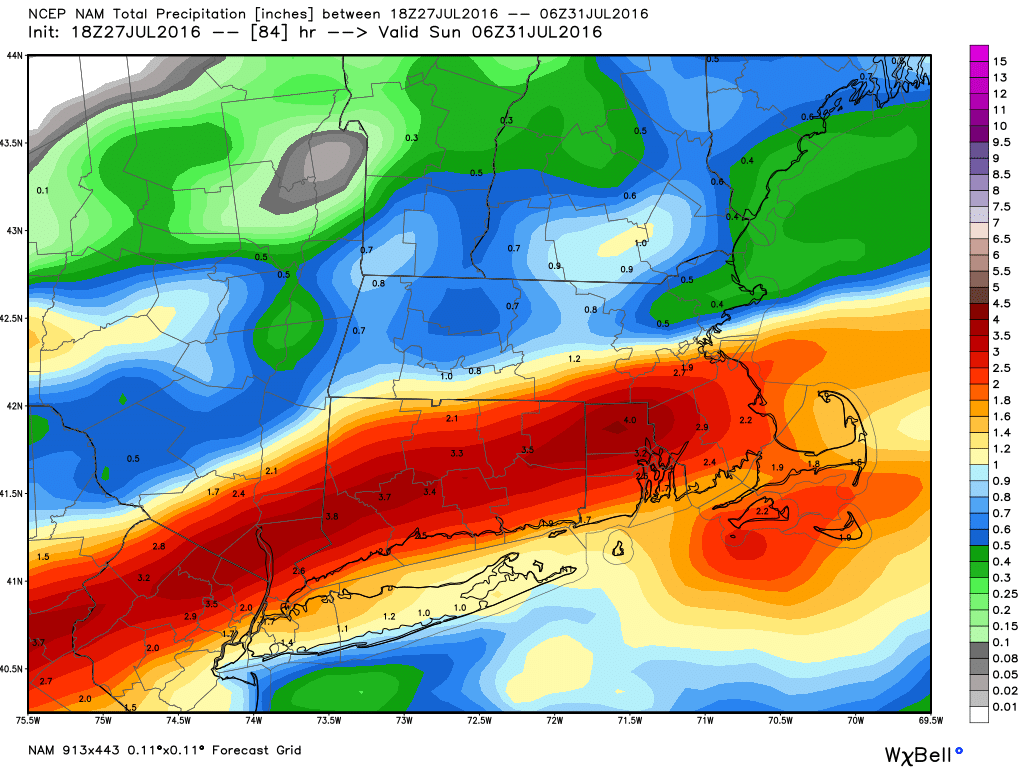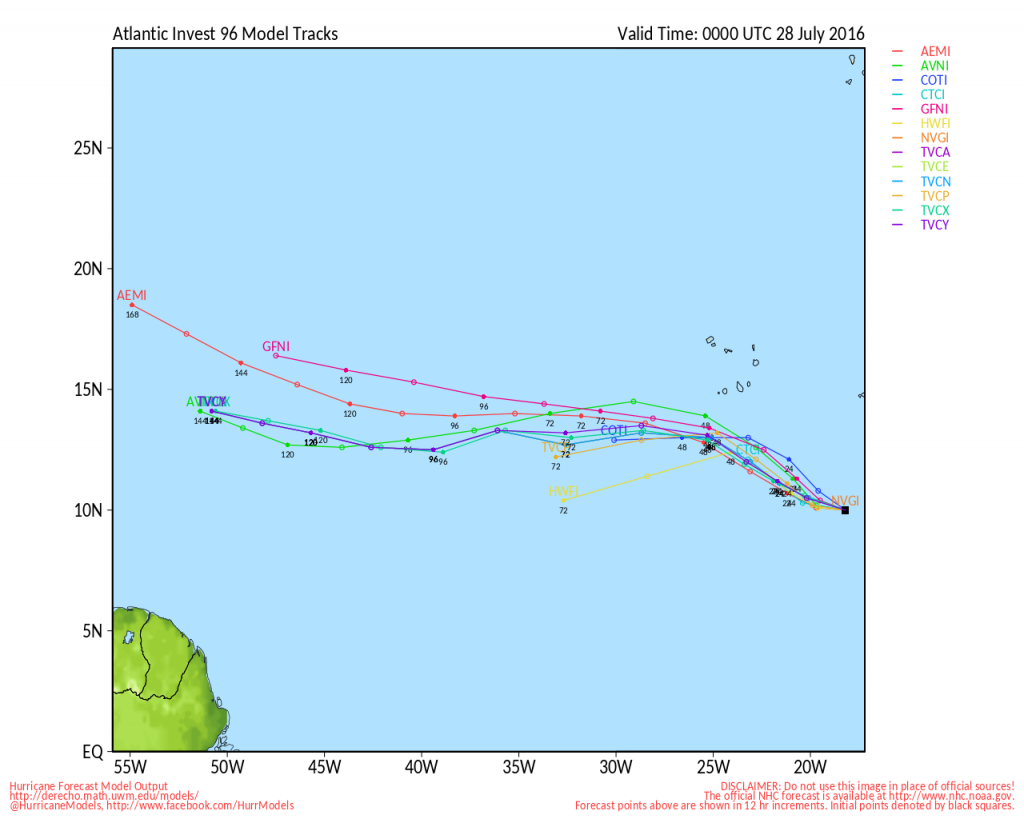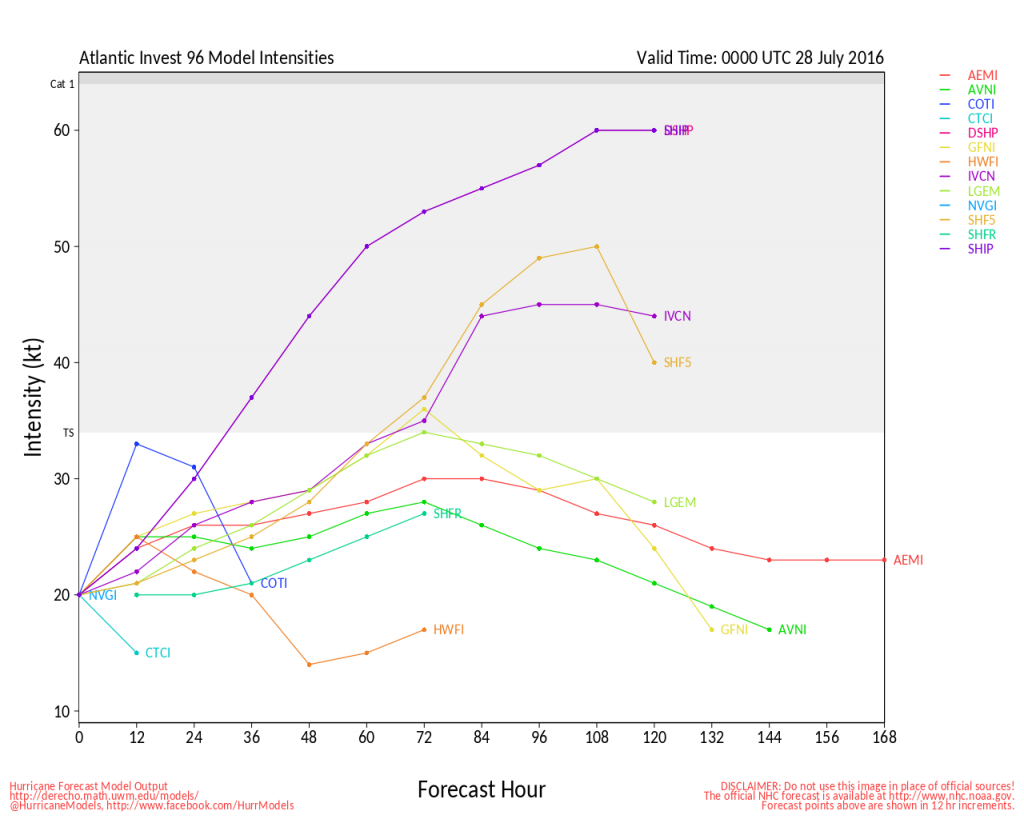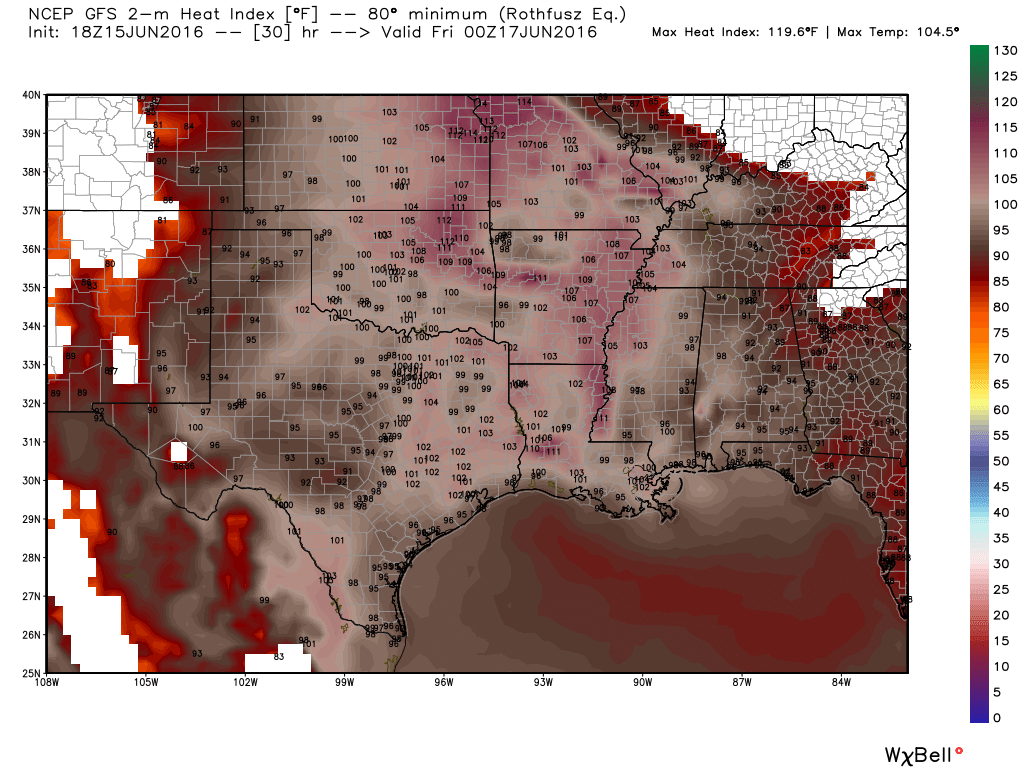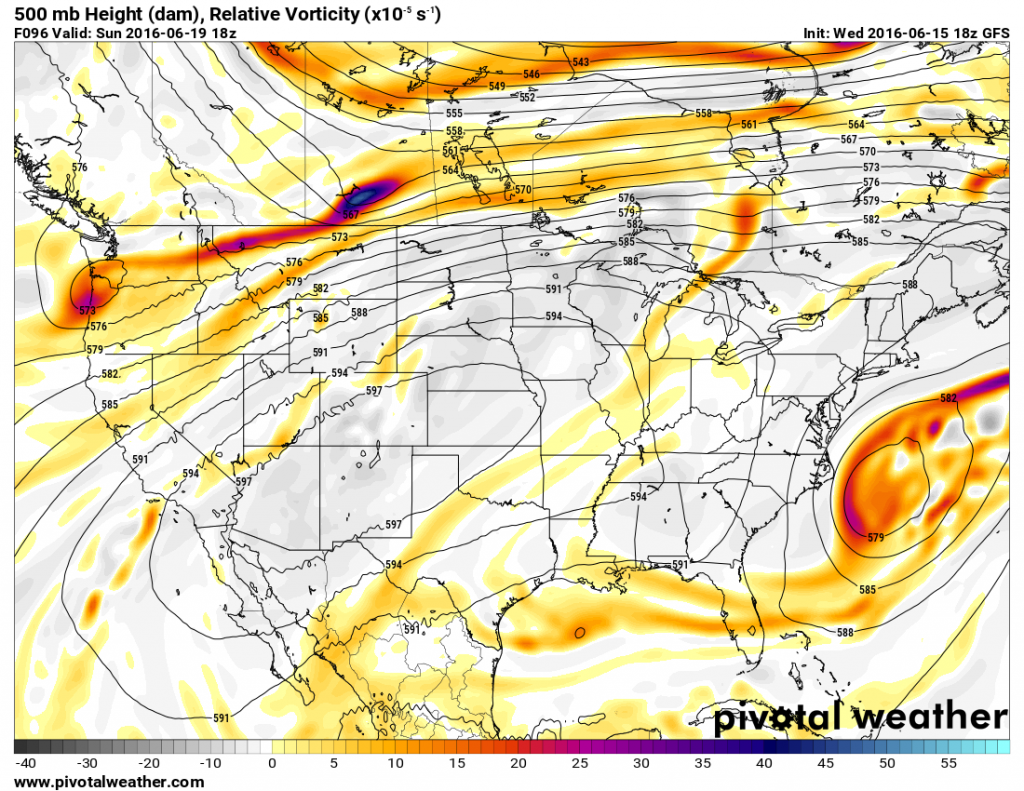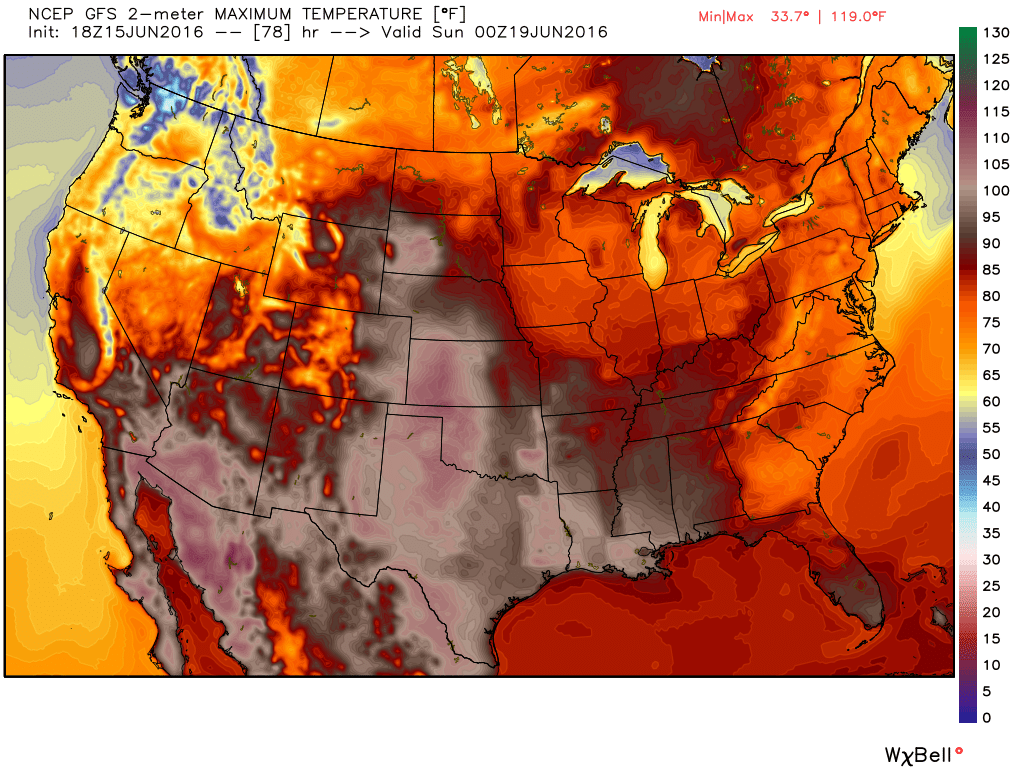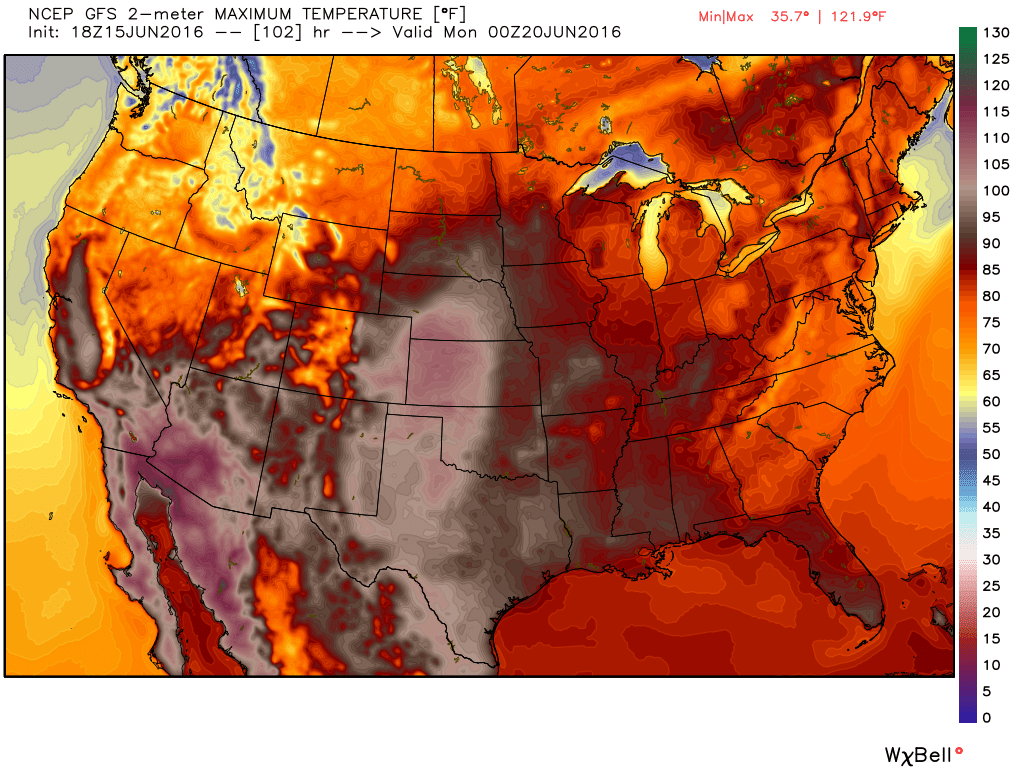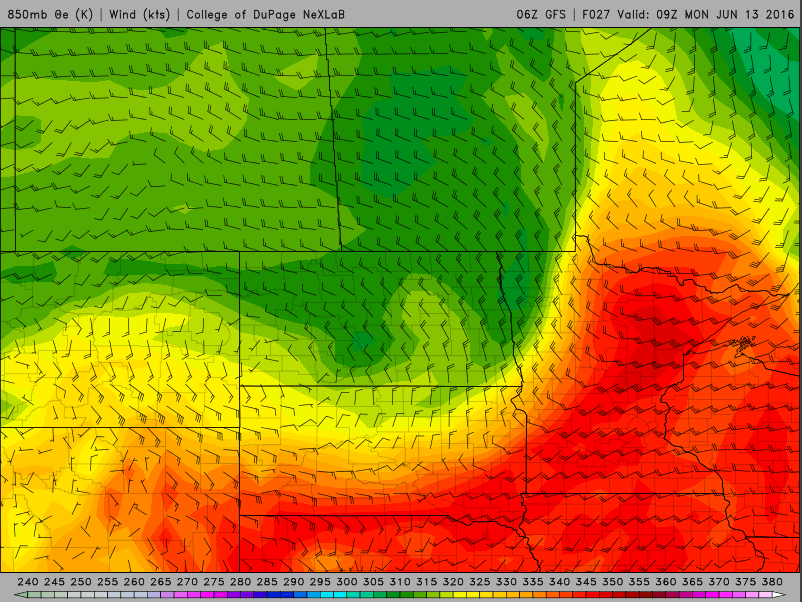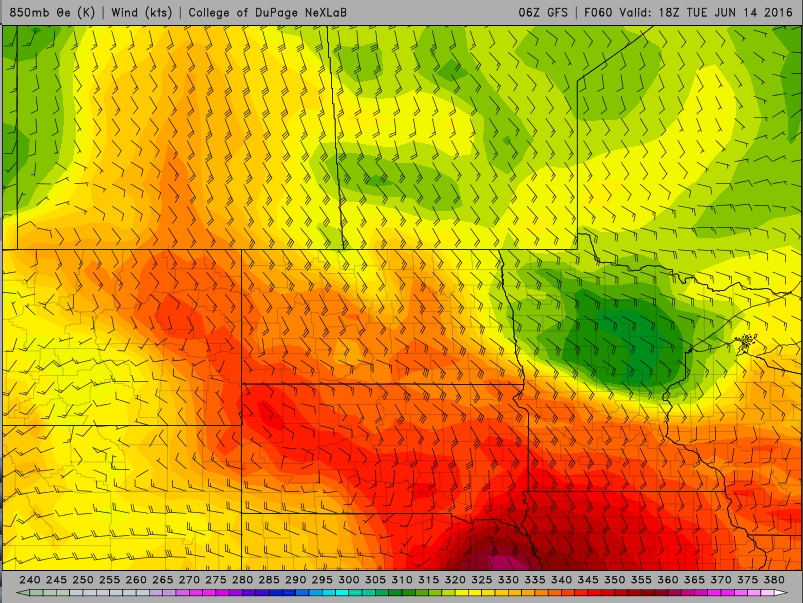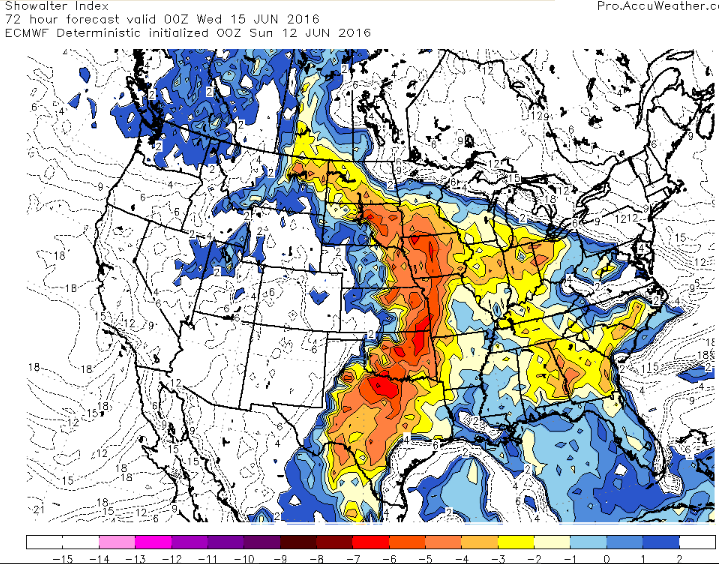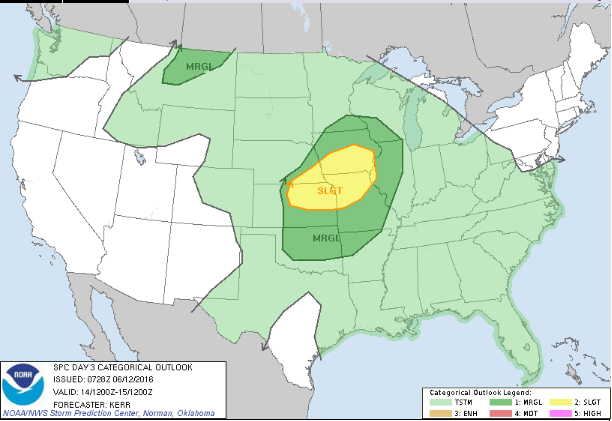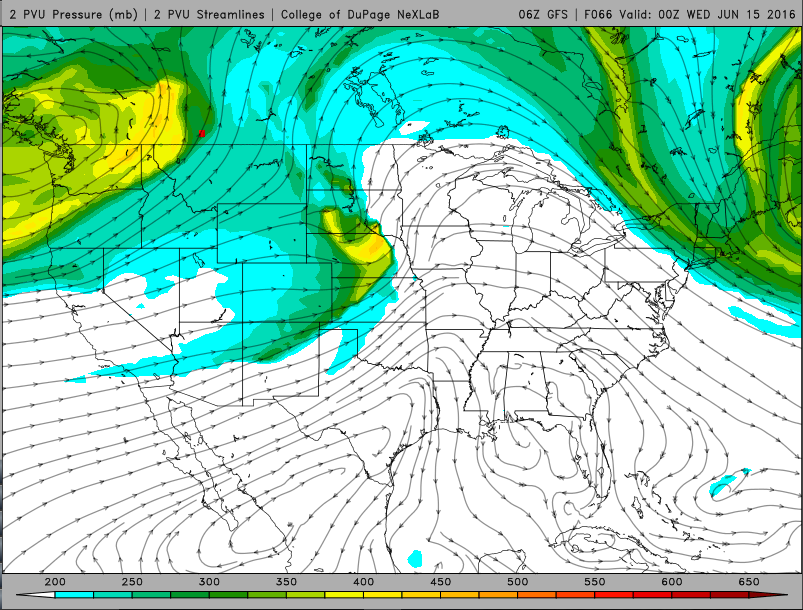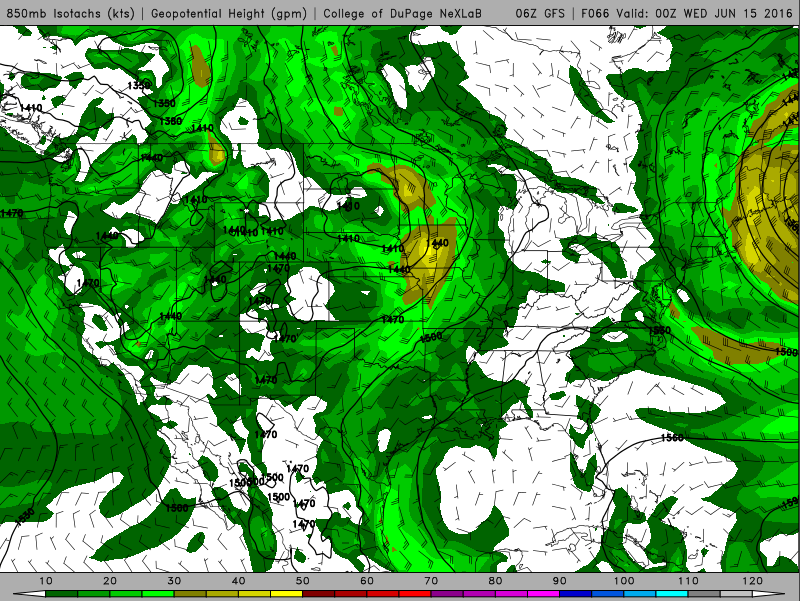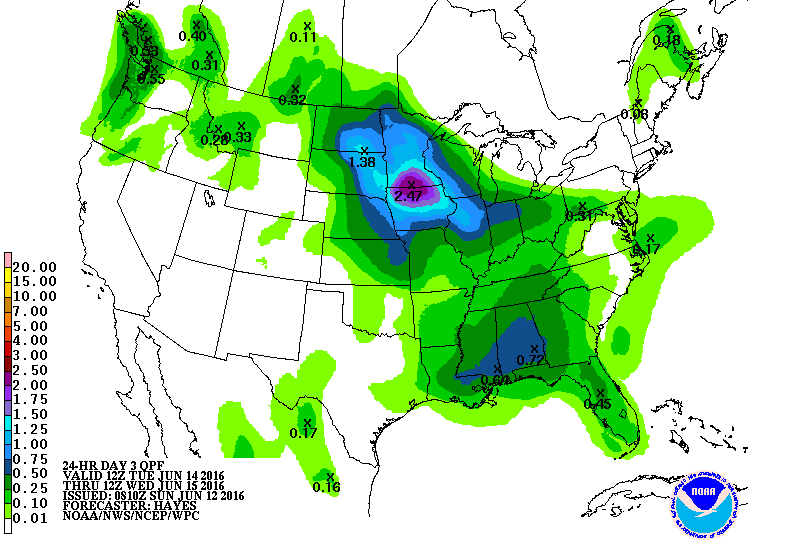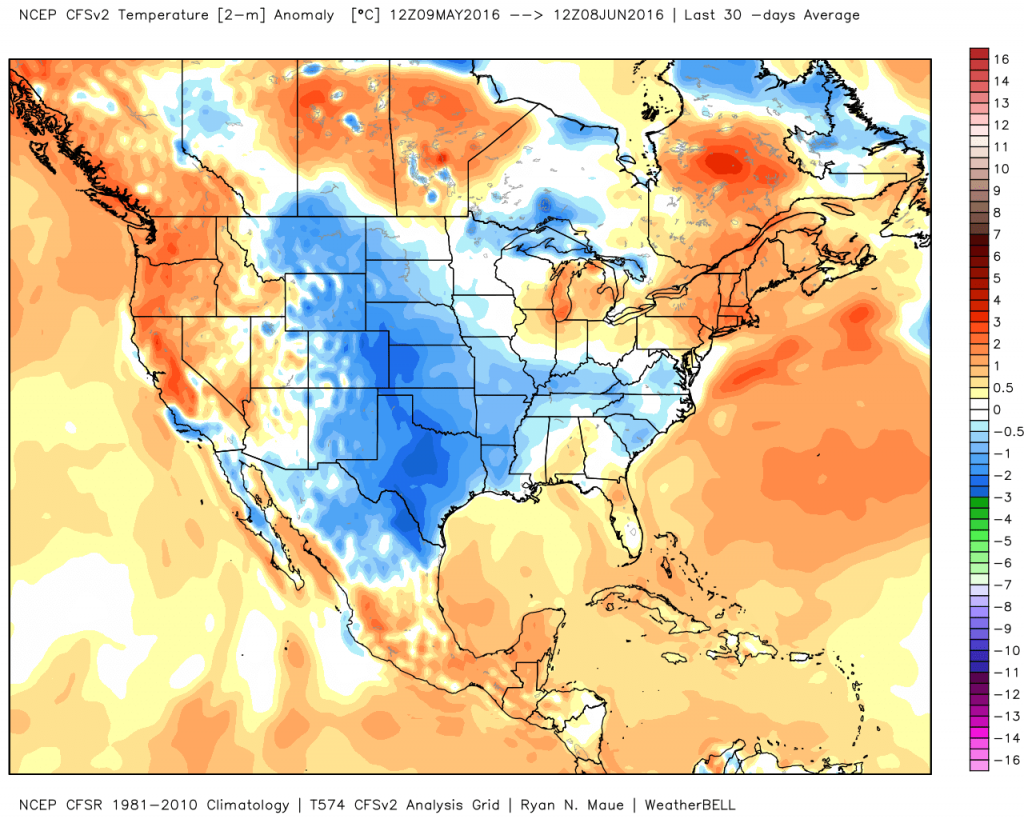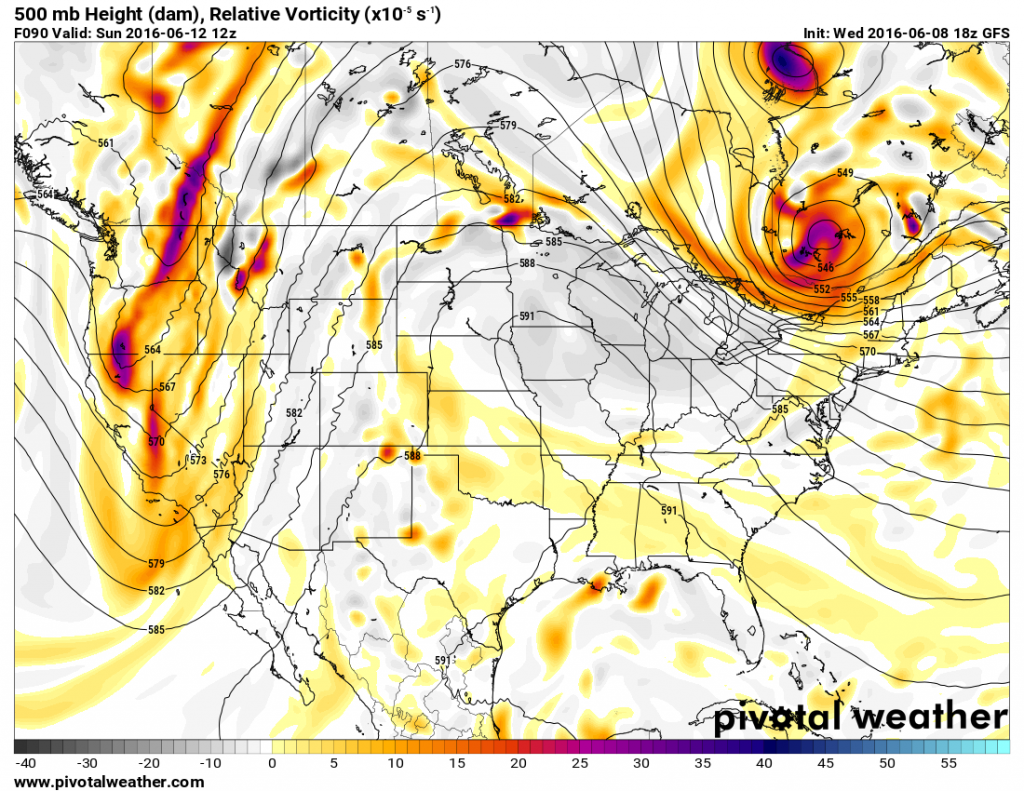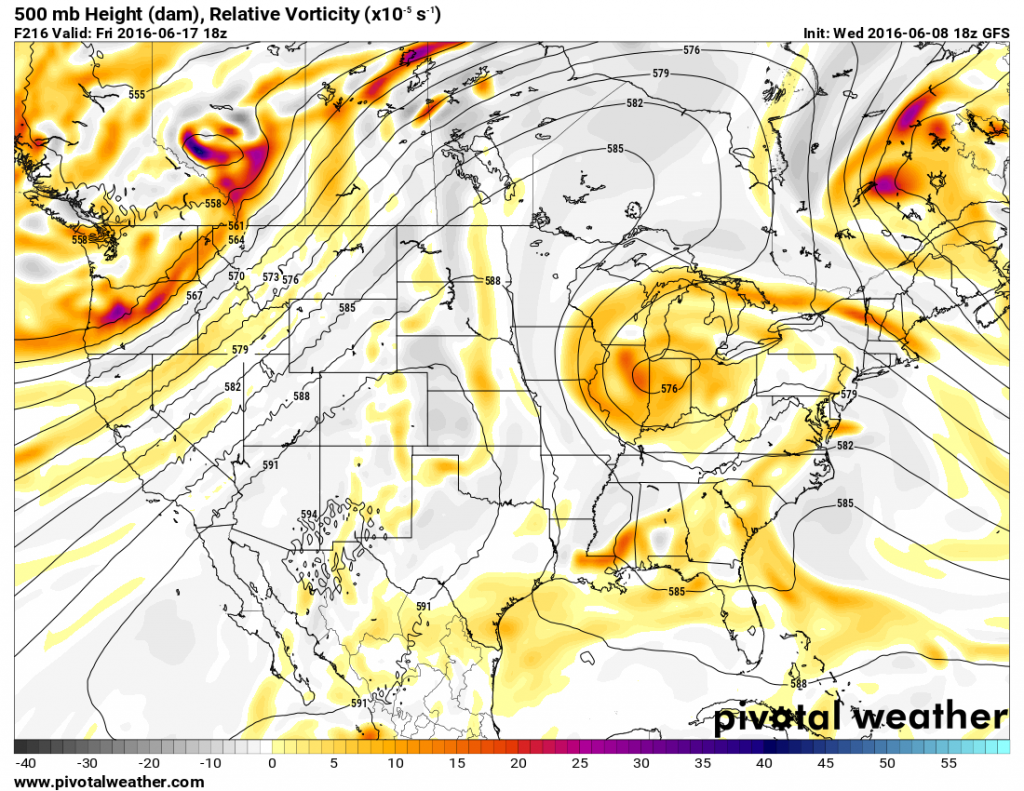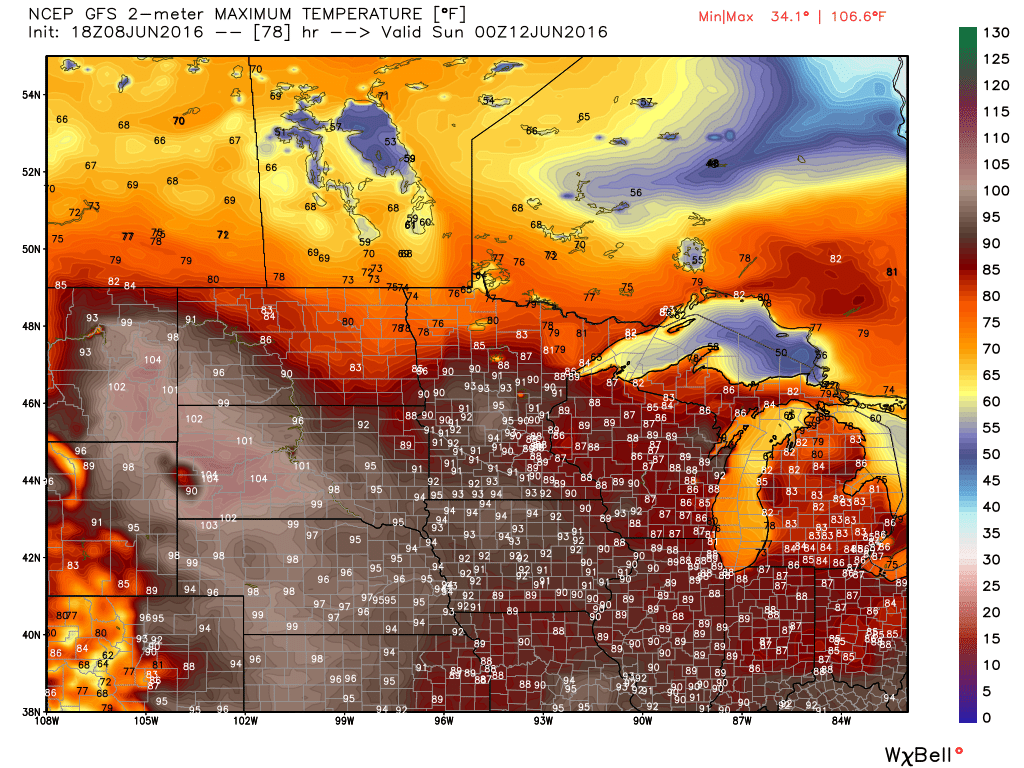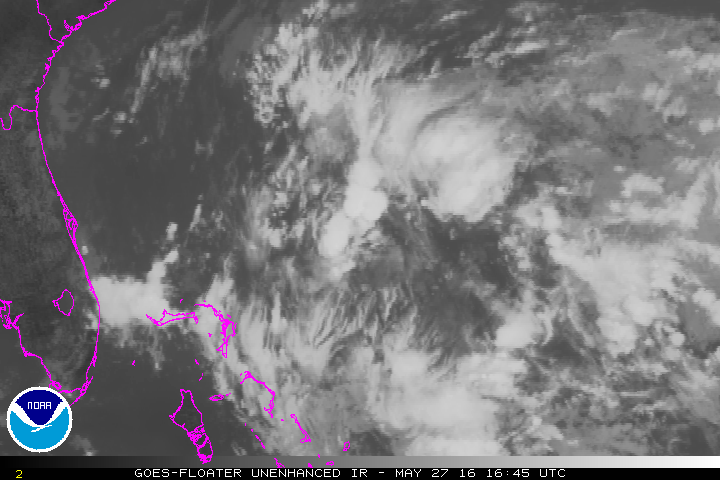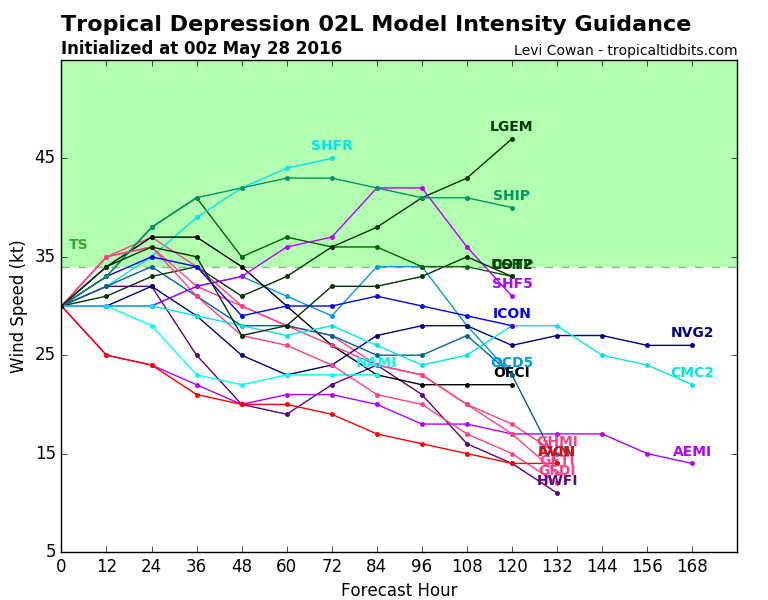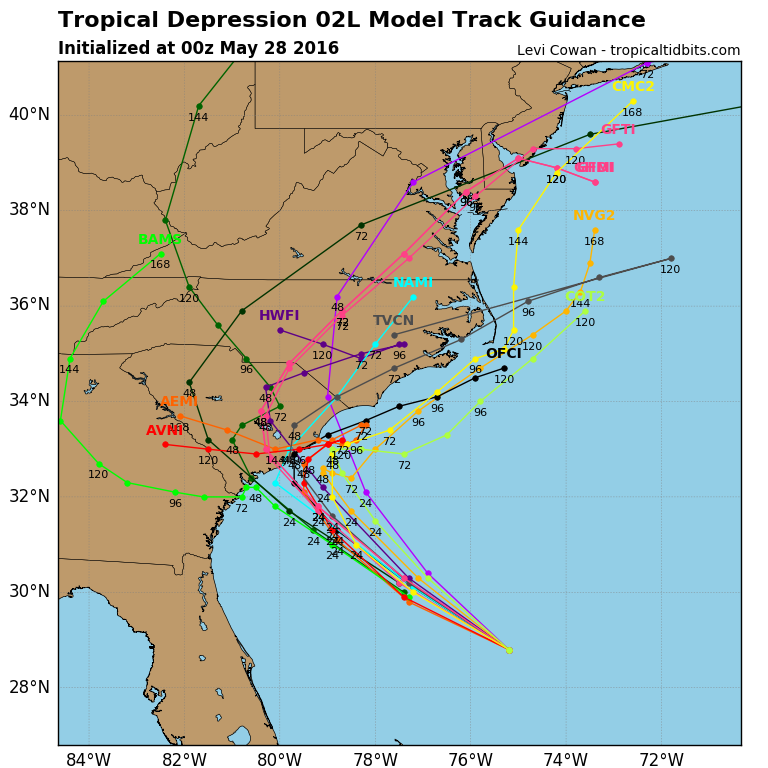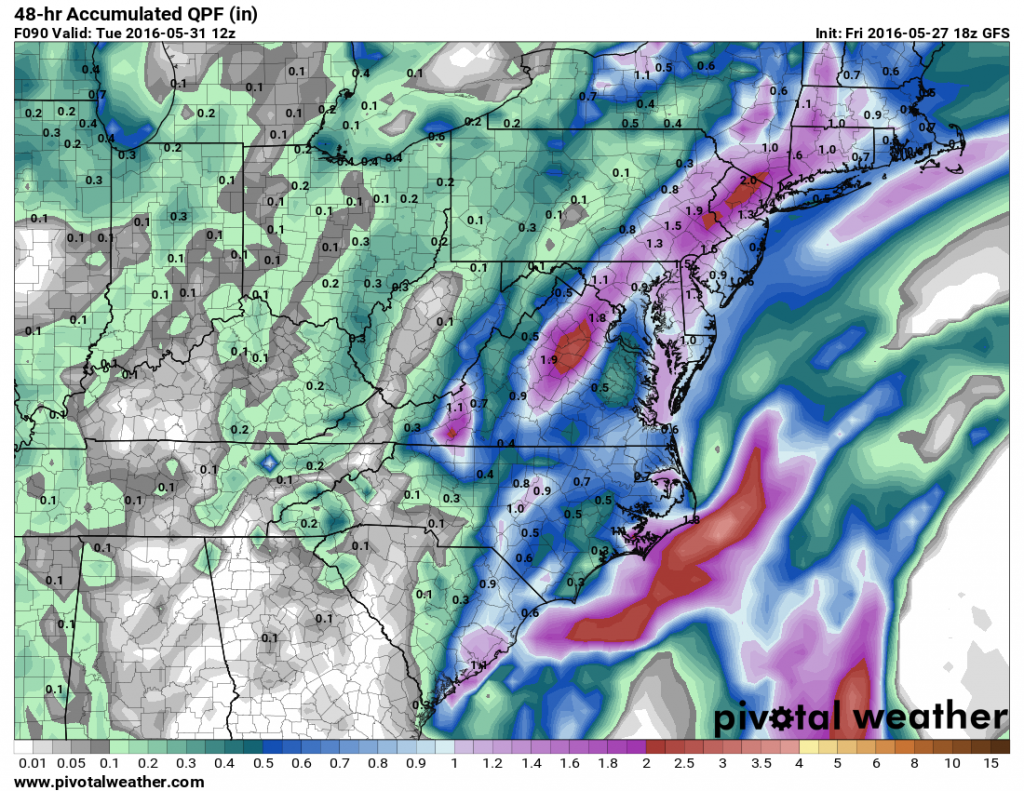October can be a time of change in the Northeast. While the first thing that comes to mind is the changing colors of the foliage across the region, the weather also changes, sometimes quite frequently. That’s what we’re going to be dealing with for the next few days.
Unseasonably warm weather was observed across much of the Northeast for the past few days, with high temperatures soaring well into the 70s and 80s across much of the region. This resulted in dozens of record high temperatures. However, some changes are coming, and the warm weather will be a distant memory within the next 24-48 hours.
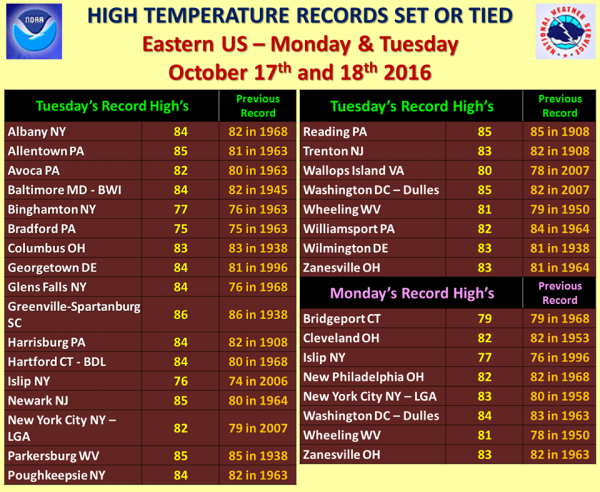
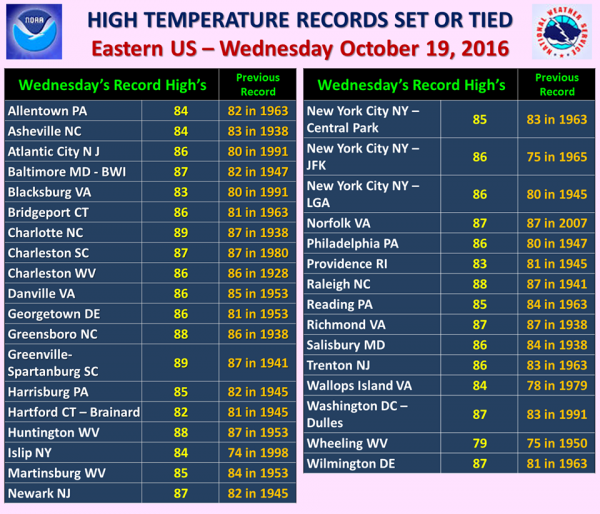
A cold front moved across the region on Wednesday with little fanfare. That front will stall out to the south of New England overnight. On Thursday, a wave of low pressure will start to approach from the west. This will spread rain and showers into the area. Some of the rain will be heavy, especially from New York into Pennsylvania late Thursday into Friday. With rainfall totals of 1-3 inches and locally up to 5 inches expected, some flooding is likely. Across New England, where a serious drought is ongoing, rainfall will be much lighter, with most locations likely receiving under half an inch of rain.
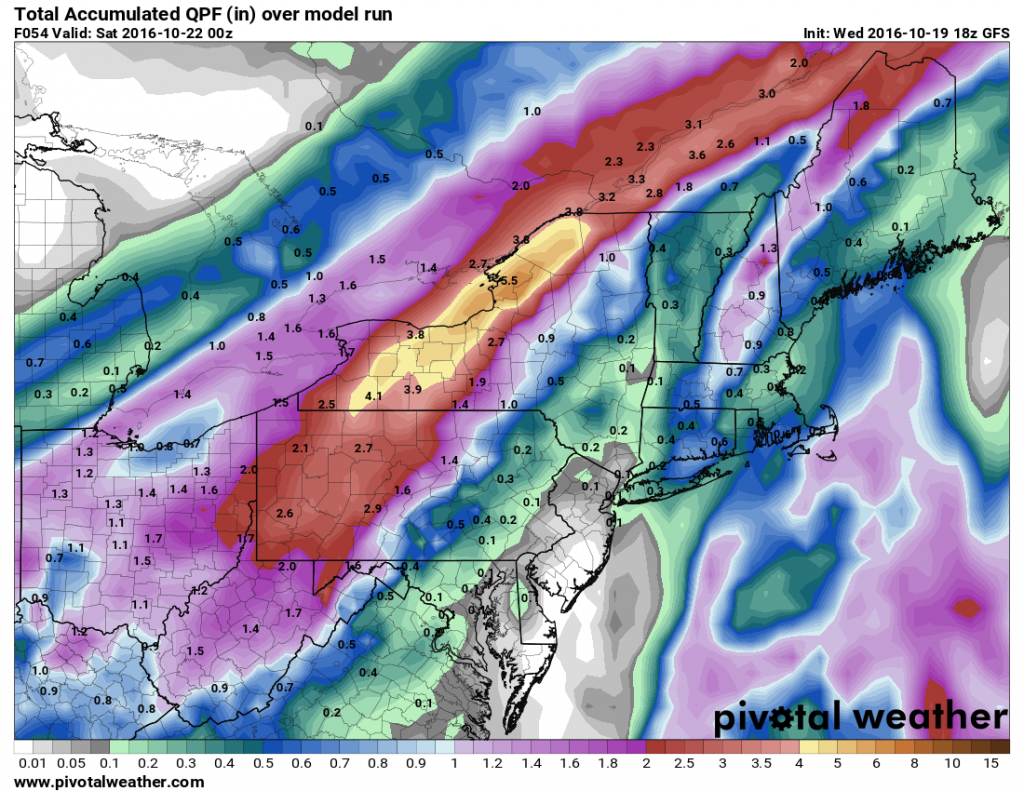
As that wave of low pressure moves into Upstate New York on Friday, it will lift that cold front northward across the region as a warm front once again. While Friday won’t be as warm as the past few days, high temperatures will still get into the 60s and lower 70s. With dewpoints also in the 60s, it will be a rather muggy day for mid-October.
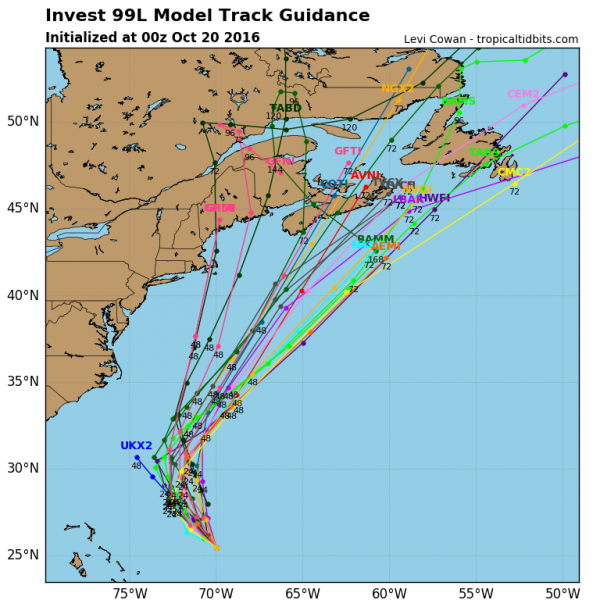
Meanwhile, there is a tropical disturbance brewing near the Bahamas. Upper-level conditions are somewhat favorable for development, and the system could become a tropical depression or subtropical storm on Thursday. The system will likely head northward, moving towards the Gulf of Maine and merging with the cold front approaching from the west as we head into the weekend. This will bring another round of heavy rainfall into Maine and Atlantic Canada, areas that were hit hard by heavy rain from Hurricane Nicole just a week ago.
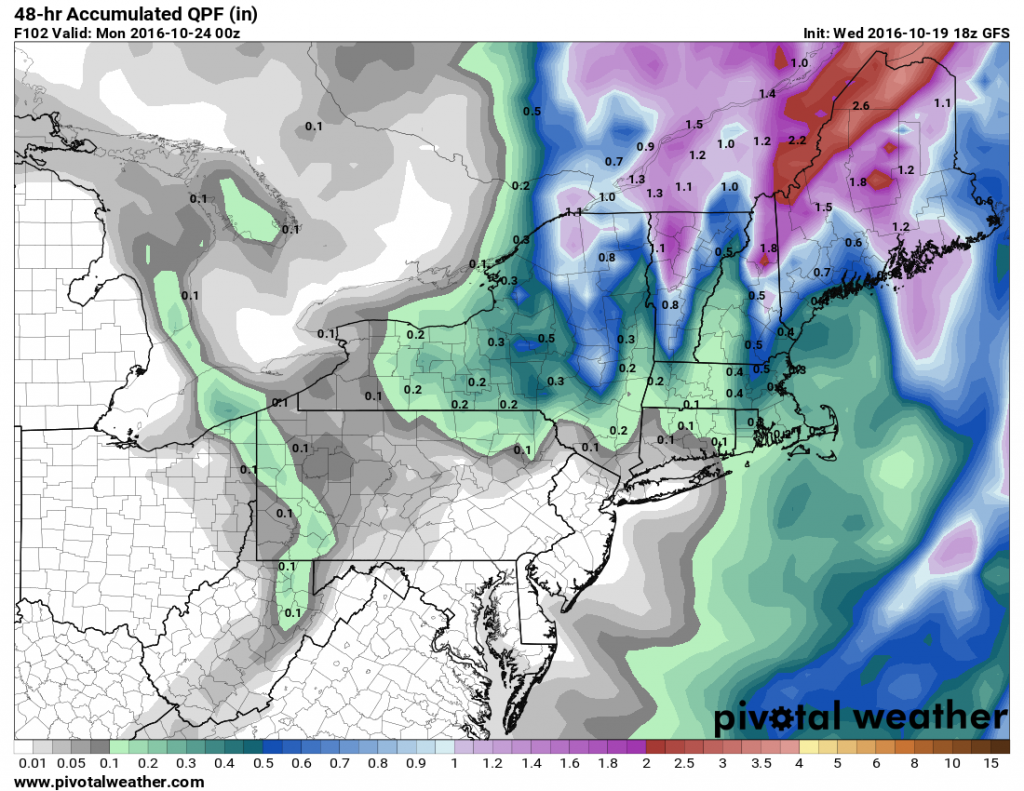
Once the system moves into southeastern Canada, it is expected to stall out under an upper-level low pressure area and become a strong extratropical system. It will drag a cold front across the Northeast, bringing much colder air into the region. With strong low pressure nearby and much colder air filtering in, rain will change over to snow across portions of Upstate New York and Northern New England. While the snow will be confined mainly to the higher elevations, this is the first accumulating snow of the season across the area. Several inches may accumulate across parts of the Adirondacks and the Green Mountains.
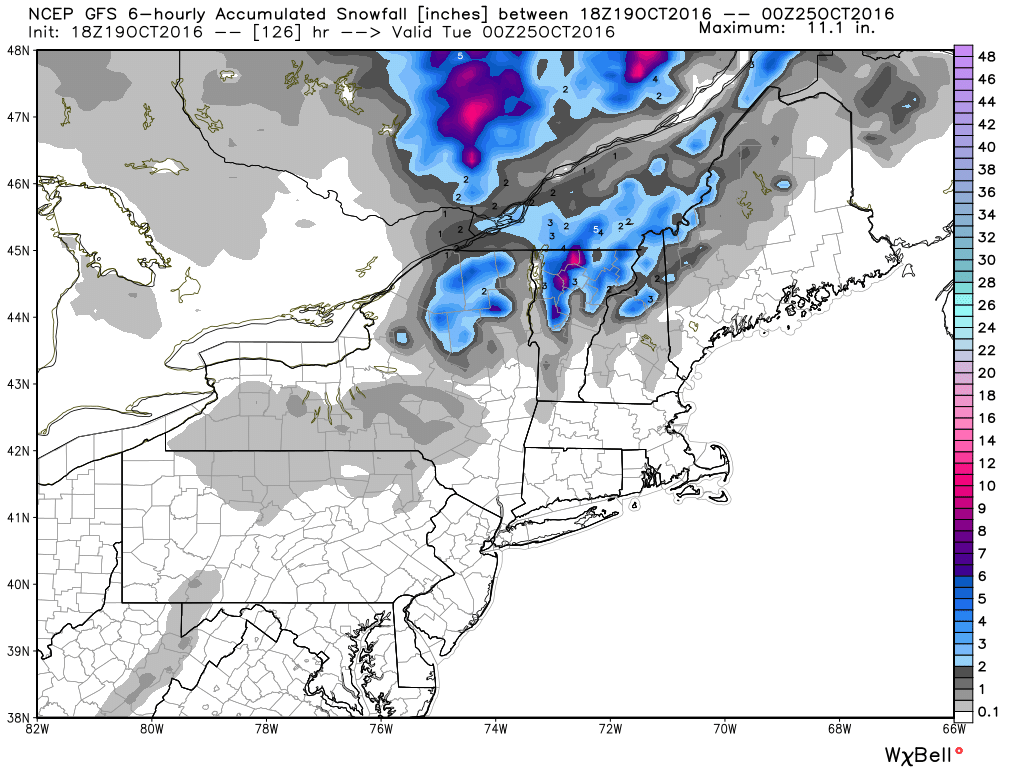
While there could be a few wet flakes mixed in with some of the rain across lower elevations of Central New England, accumulating snow is not expected.Sunday will be a chilly day, with highs only in the 40s and 50s across much of the Northeast. These readings are 10-20 degrees below normal. Of course, any mention of snow in October across the Northeast will make residents think back just a few years to the pre-Halloween snowstorm that dropped 1-2 feet of snow across parts of the region, setting numerous records. While this system won’t come anywhere close to that, it should make for some spectacular photos of snow-capped mountains and valleys filled with colorful foliage early next week.
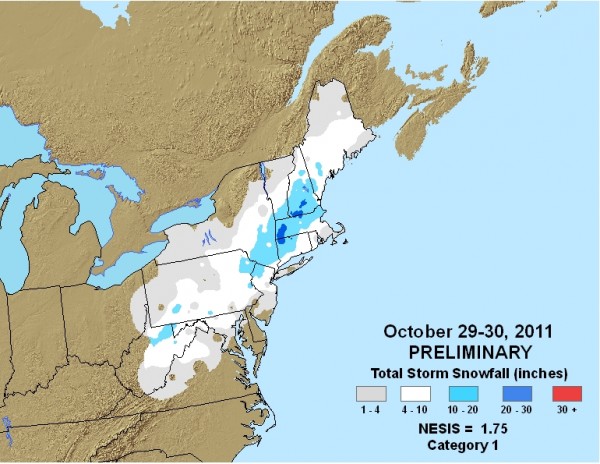
The other thing the storm will do and bring gusty winds to much of the Northeast through the weekend. Northwest winds of 15-25 mph may gust to 40 mph at times, especially across New England. This may result in some spotty wind damage across parts of the area. The other effect it will have is to create rather chilly conditions. Just a few days as experiencing temperatures in the 60s, 70s, and 80s, highs will only be in the 40s and 50s across much of the area, with wind chills in the 30s and 40s. This is the type of change that October is known for across the Northeast.
